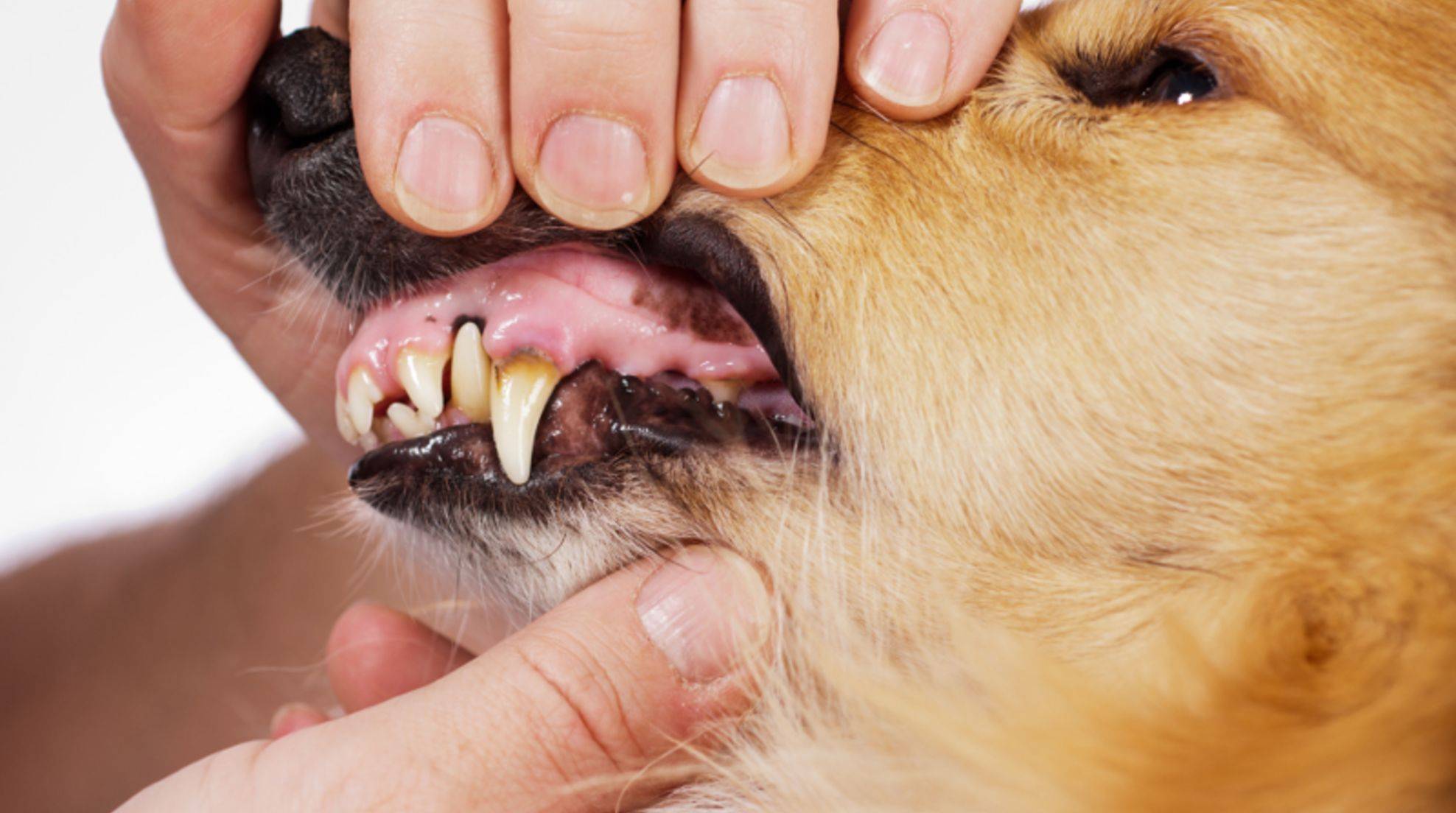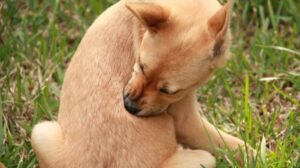
Home Health Check for Dogs: Tips and Guidelines
Dog owners are concerned about the health and wellbeing of their four-legged companions. HeaTherefore a regular check-up for dogs is recommended, not just at the vet, but also at home.
You will be able to identify any health issues or illnesses more quickly if you regularly check your dog’s health. Regular home examinations strengthen the relationship between man and his dog. You will find below a list of essential points that you should include when performing a health check on your dog. This can be done, for instance, every week or every two.
Teeth and gums
Tooth disease or gum disease is a common problem in dogs. Regular dental care is just as important for dogs as it is for humans. Check that your gums have a healthy pink colour and are free from lesions. If you notice yellowish-white discoloration on your teeth, this is a sign of plaque. Plaque can turn into tartar over time if it’s not removed. You should also look for loose teeth and gums that are discolored, bloody or irritated. You should check your dog’s mouth and pay attention to any bad breath.
Look at your dog’s eye. It is important to visit the vet if they are watery or red. This can be a sign of conjunctivitis.
Dogs’ ears are included in the overall health check. Healthy dog ears should be pink, not red or bright pink. The ears should be clean, and they shouldn’t have a strong smell. Dark earwax can indicate an infection, or an ear mite invasion. Use a dry, clean handkerchief to clean your dog’s ears. Never go further into the ear than what you can see.
Tip: Dogs with long ears need to be checked more frequently and thoroughly, because they are more susceptible. You can find directions in the guide “Cleaning dogs’ ears: How to do it correctly?”
Get an overview of the dog coat. Healthy dogs have a shiny coat that is not dull. Look for any injuries, wounds or parasites.
Ask your vet or breeder for advice on coat care. Specialty stores sell brushes and combs designed for skin and coat care. It is necessary to not bathe the four-legged pet too frequently and only when they are filthy. This can damage their natural protective layer. As often as you need to, but as little as possible.
Paws and Claws
The health check of dogs also includes a look at the paws and nails. Claws must be regularly trimmed, particularly the dewclaw or wolfclaw. They can cause pain if they grow. A paw injury is characterized by swelling and redness. In winter, the paws of a dog are more susceptible to injury from ice or grit. They should be checked carefully.
Weight check
Check your dog’s weight regularly to determine if he is overweight or underweight. Test your dog by touching his waist with both your hands and feeling your way backwards to the two ribs. The ribs must be palpable, but not too prominent. Talk to your vet about diet if the ribs aren’t noticeable. If they protrude, discuss underweight treatment.
Check for other abnormalities in dogs’ health
Check the dog’s entire body for any lumps or nodules which could indicate cancer. You can use both hands to move from the head to the chin and then to the shoulders, the back, the hips, the front legs to the back legs. Lift the tail to check for abnormalities, such as swelling or injury. This could be a sign of parasites or anal inflammation. The next step is to visit the vet.
You should be on the lookout for behavioral abnormalities, such as aggression, restlessness, or listlessness. A veterinarian can examine these signs.

